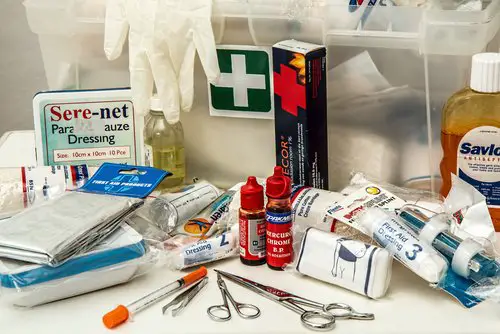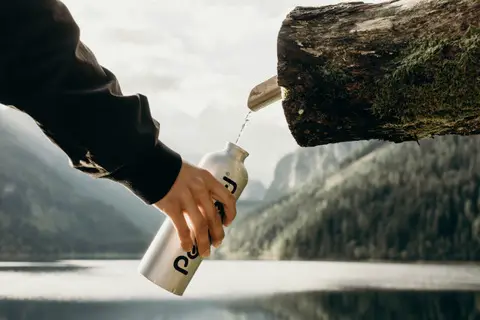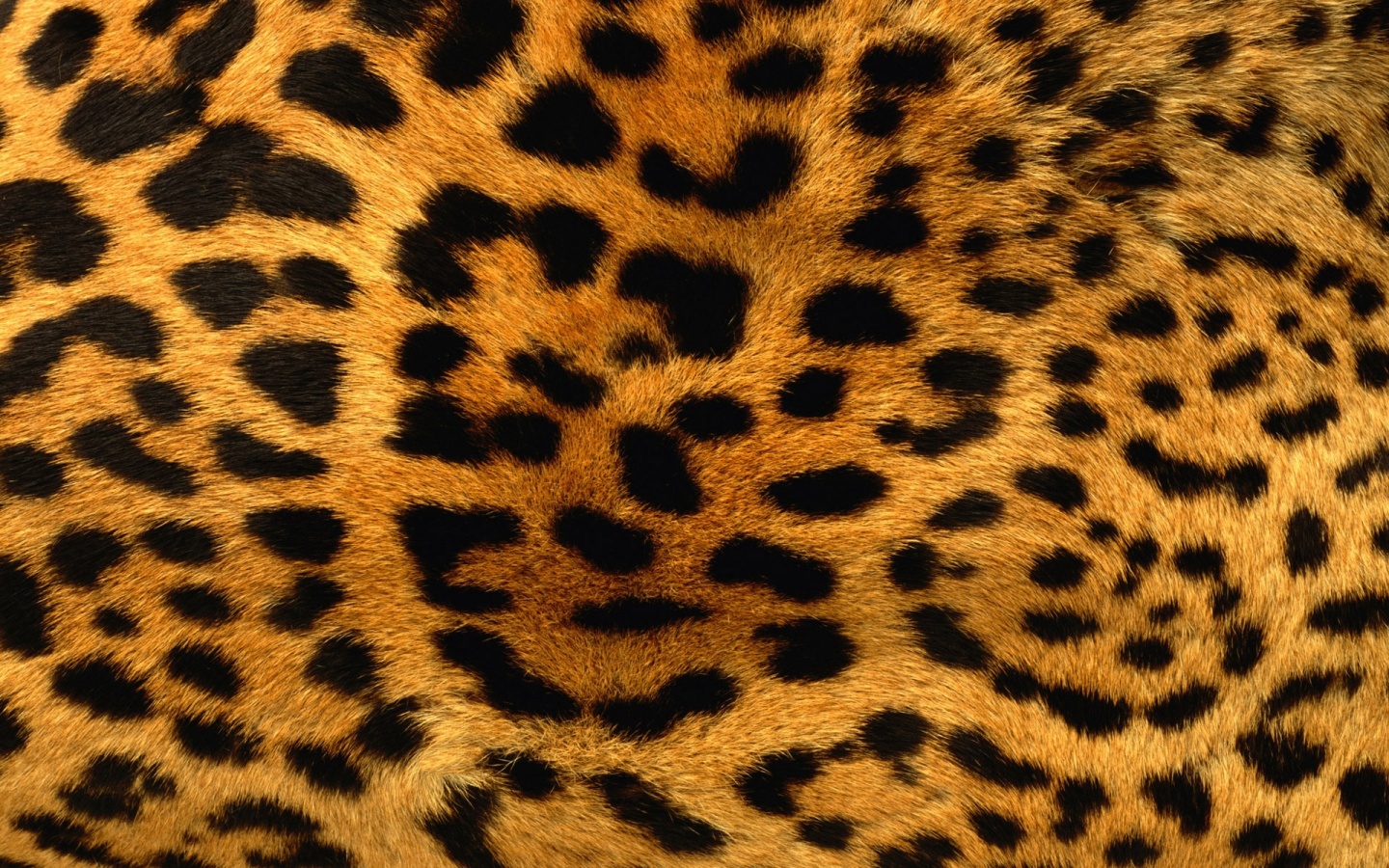5 Wilderness Survival Tools You Should Always Have in Your Pack
Ever fancied yourself as an explorer? Whether you’re a lifelong trekker or you’ve just boght your first pair of hiking boots, a well-equipped backpack is a must. No matter how much you prepare for your outdoor adventures beforehand, there’s always a chance that things will not go to plan. Having the right survival gear could mean the difference between life and death.
We’ve created a list of the top survival tools you should always have in your pack. These items will allow you to build shelters, acquire food and safe drinking water, treat injuries, and find your way safely back home.



First Aid Kit
While you may take every precaution to avoid injury while hiking, there’s always a chance that you’ll require a reliable first aid kit. Even minor cuts and scrapes can easily become infected in the wilderness, so items like antibacterial ointment and band-aids are a must have.
Other items your first aid kit should contain include personal medications, tweezers, eye drops, sunburn lotion, insect and snake bite kits, diarrhea medication, EpiPen, and a first aid manual. In addition to packing a well-stocked first aid kit, you should undergo a first aid class which will teach you life saving skills including CPR, basic life support, and what to do in the case of allergic reactions. Many emergencies can occur while hiking remotely and knowing how to treat things like broken bones, hypothermia, heat exhaustion, and dehydration are vital to making sure you can deal with whatever comes your way.

Survival Knife
While a good multi-tool is useful to carry around, you might find yourself in a situation where you need something with a bit more substance. A reliable machete can be incredibly useful for all kinds of outdoor adventures. Machetes are used to clear overgrown hiking trails, construct shelters, clear campsites, butcher wild game, split coconuts, and make traps or snares. A good solid machete can often mean the difference between life and death, or at the very least comfort vs. discomfort.
Remember to also carry a smaller, lightweight folding pocket knife for those precision tasks. Such knives are known as EDC or “Every Day Carry” knives by outdoorsmen who quite literally use them on a daily basis. While there are a number of different folding pocket knives available, the best folding pocket knife often possess things like a corrosion-resistant blade, durable construction, convenient pocket clip, comfortable ambidextrous handle, secure locking mechanism for safety, and easy one-hand operation for opening and closing. Some EDC knives are quite basic while others are quite luxurious, sporting qualities like a handmade design, handles made from deer horn or mammoth bone, and stylized blades.
Swiss Army style knives have much smaller folding blades but come equipped with dozens of different extra tools including a can opener, screwdriver, hook disgorger, saw, pliers, tweezers, scissors, fish scaler, and more.


Water Purifier
Generally speaking, you should always carry more water than you think you’ll need. Dehydration is one of the biggest killers for those lost or injured in the wild, most people only being able to survive without water for 2-3 days. If you plan on exploring hot and humid areas, you may require much more replenishing liquids than you are used to.
Because you never know what kind of delays you may face during your journey and because longer journeys will prevent you from physically carrying all the water you will require, it’s essential to plan ahead and pack some kind of way to purify water you come across along the way. For those times when you must rely upon wild water sources, a reliable water filter is essential to make sure the water you drink doesn’t make you sick. There are a variety of different ways to purify water including using UV light, iodine solution or tablets, chlorine drops, or simply boiling water.
Of course one of the most convenient ways to purify water is to simply carry a portable water bottle which uses UV rays or filters to purify water or a device known as a LifeStraw.
Locator Beacon
No matter how well you plan out your route beforehand, getting lost in the wilderness is often a very real possibility. Though sometimes costly, GPS units and distress beacons are extremely handy for getting you back home safely.
While GPS units will help you avoid getting lost and find you the best route back, a distress beacon can help signal for help when you are unable to make it out of the wilderness on your own. Often referred to as personal locator beacons, once a distress beacon is activate it will alert local rescue authorities that have an emergency. This allows rescuers to locate you and rescue you much easier and ore quickly.
Personal locator beacons are used by most hikers trekking in very remote areas or those undertaking multi-day walks. They also make special distress beacons for aircraft and watercraft.


Magnesium Fire Starter
Last but certainly not least, you’ll want to make sure to pack a reliable fire starter with you on your travels. Unlike traditional matches or gas lighters, a magnesium fire starter should work in virtually any weather. More expensive models will often last for 10,000 strikes or more so you won’t have to worry about the inability to start a fire in a survival situation. Much like water, having fire also means life. A fire can prevent you from getting hypothermia, allows you to cook food and boil water, and often keeps predatory wildlife away.


Fire Starter: Photo by Hiroshi Ishii
While this list isn’t a comprehensive list of everything an outdoor enthusiast should pack, it points out some of the most essential tools you shouldn’t be without. We recommend picking up a detailed survival book to take with you on your travels which can provide more detailed information on how to survive other potential dangers you may face on your next outdoor adventure.




















